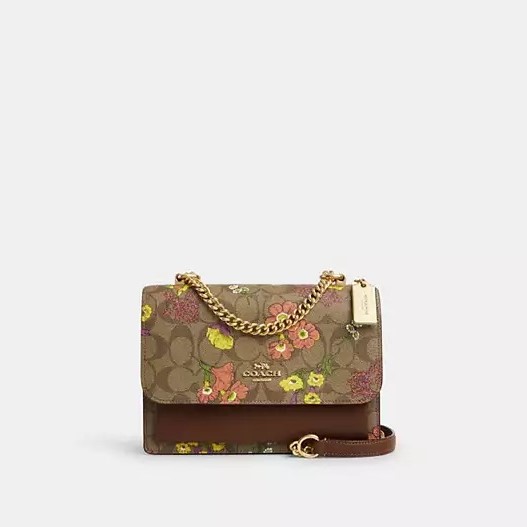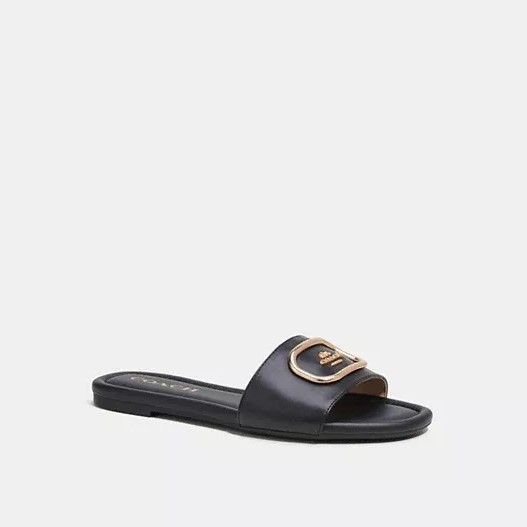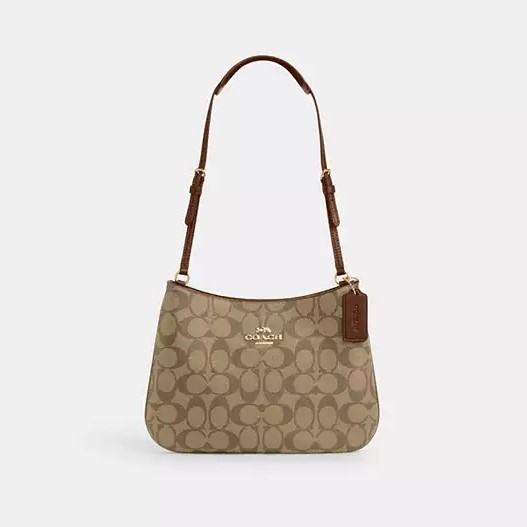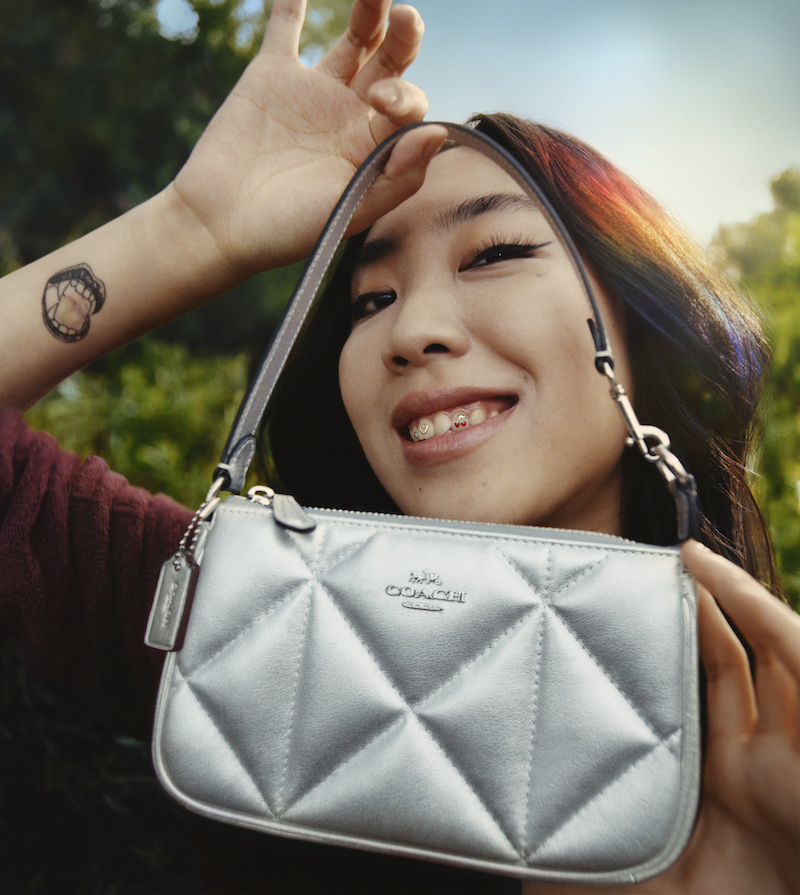What Are Tube Socks – Best Guide For 2023
Table of Contents
A Brief History of Tube Socks – What Are Tube Socks?
You hear the word tube sock in a conversation. It sounds familiar as if you could wrap your mind around the shape, the color scheme and the occasion where it’s likely to fit in best. You’re afraid to admit that you just can’t quite picture them or know how you’d attempt to wear one. So, what are tube socks? C’mon, wrack your brain, you know the tube sock!
Let’s get down to business—what is a tube sock? The invention of the tube sock collided with the emergence of soccer as a professional sport in the United States. The first sock came out of a company called the Nelson Knitting Company in 1967. Boy, did those folks have it made!
The founder of the company is also remembered for inventing the seamless knitting machine, which would change the history of sock-making forever. The tube sock was seamed; it revolutionized sock history and left a mark on the fashion and athletic comaradery of the United States. The question ‘what are tube socks?’ didn’t hang in the air long in America.
The tube sock found its original niche in sport—namely on the soccer field and the basketball court. While soccer had been around for centuries, initially brought to America and cultivated by European immigrants, basketball was newly evolving in 1960’s America. Basketball was a sport that grew with humble roots: it developed in popularity in schoolyards and gymnasiums. Both games came to pack a punch in American culture, and the tube sock was deeply connected to the imprint of sport in the American imagination. Athletics were the ‘in’ for tube socks.
First Uses
- Basketball
- Soccer
If you need a chuckle, the reason why tube socks developed in popularity may just do the trick. They were a solution to hiding hairy legs! These socks that stretched up to the knee were referred to as “high-risers.” Pictures of old basketball icons feature them in this traditional sock. The popularity of tube socks with stripes encompassed all of America and the tube sock industry boomed.
| Year | Tube Sock Highlight |
| 1967 | First sock came out from the Nelson Knitting company |
| 60’s and 70’s | Popularity at peak |
| 1973 | Worn in the Superbowl |
| 1976 | Praised in Good Housekeeping |
| 1985 | Nelson Knitting went bankrupt |
| 1996 | Featured in Vogue |
What are Tube Socks? How Are They Different from Other Socks?
Ok, here’s the deal, a tube sock vs a crew sock is a bit of an outsider in the sock community. Unlike other types of socks tailored and shaped to the human foot, a tube sock is shaped just like its name suggests—like a tube.
If you haven’t worn one yourself, then picture this: a tube sock has no heel. I know you’re wondering now, how does it stay attached? Unlike what we think of as ‘normal’ socks, tube socks have a reinforced toe as opposed to a reciprocated toe. It’s a simple concept: the end is closed off with a straightforward seam. Believe it or not, that original tube sock company, Nelson Knitting, made a machine specifically for the manufacturing of this sock. The machine could close off the seam in under six seconds. Talk about tube socks flying onto the shelves!
Tube socks can brag about these key features:
- Protects leg from being scraped
- Stops grass burns
- Stands out on the field
- Different sock architecture
You may be surprised at the efficiency that resulted in eliminating that bit of material on the production lines. Getting rid of that heel and toe sped up the production process by 30%. There was another brilliant asset of the sock: combined with the tubular shape, Nelson Knitting used new stretch yarns, and because of this, the sock could be produced in one size.
The simpler the demands of manufacturing, the bigger the batches, and America wanted them. The socks were easier to dye, dry, inspect and package. You’re getting the picture—these are low maintenance socks. The best part is that their cost is reflected in the ease of manufacturing them. Fewer steps meant a lesser price.
What Does the Tube Sock Represent in Culture?
The tube sock became a symbol in America, something that represented a feeling, a pursuit, confidence and drive. It represented ambition and unity—something more than a simple fitted garment around the foot, ankle and calf. If you are an American, you have probably had the feeling of a tube sock stretched over your leg or at least you’ve heard about it from the older generation. It’s a feeling that encompasses past and present icons. In a sense, a tube sock is full of potential and possibility.
Everywhere you look in America, you can find tube socks. They’re a common and celebrated item. You can slip your foot in and hit your stride. Tube socks are an item without rules and restrictions. To begin with, they’re one size fits all. They met at the intersection of American advancement, embodying technological novelty and bold fashion. Tube socks united Americans in a love of sport. Their use spiralled into different forms which placed emphasis on self expression. Tube socks united people across boundaries through their free, emboldening feel.
How Tube Socks Became Popular
Despite all of their ingenious moves with the tube sock, Nelson Knitting made one critical mistake. They forgot to put a patent on the marvelous design of the tube sock. Nelson Knitting’s loss was America’s gain. The tube sock was manufactured far and wide and became a staple to American culture in the 1960’s and 1970’s. It may be clear to you what tube socks are in athletics, but how do they fit into fashion? You may recall a great reference to the tube sock from the famous film Charlie’s Angels, where a roller derby player wears the socks. From sport, tube socks gained the admiration of American youngsters.
Benefits of the Tube Sock
Initially designed for athletics, tube socks offered several competitive advantages. Firstly, the socks have a simple shape. In other words, they fit anybody and everybody, no matter the shape and size of the foot. Tube socks vs crew socks are more comfortable to pull on, and they stretch up to the knee. The socks are sweat-savvy. They absorb moisture well and protect the foot from blisters.
Pros
- Can be used for sport, fashion, casual and athletic wear
- Available in a variety of colors and patterns
- Great for children because they stretch alongside growth spurts
- Easy for young kids to put on
- Popularity caused growth in the American hosiery industry
- Famous on television and in the movies
Cons
- Prone to bunching
- Can causing blisters and calluses from bunching
What Are Tube Socks and How to Wear Them
Let’s start on the same page, now that we know what tube socks are—they are meant to be worn casually. These aren’t the type of garment that you pair with suit pants. They’re too bulky to wear with dress shoes and to be honest, tube socks would just ruin a business casual or formal look. With more dressy attire, we recommend investing in some quality dress socks.
After you’ve chosen your casual outfit, here’s how to put on your tube socks:
- Put the socks on so that your toes go all the way to the bottom
- Don’t pull them up right off the bat, instead,
- Ease them up to make sure you have your socks on smoothly, and you’re in comfort all day long.
| How to Wear Tube Socks | Outfit Style |
| Pull them up over a boot | Trendy |
| Wear them with leggings | Ballerina style |
| Wear them with shorts | Old school or athletic (if socks feature top stripes) |
| Folded over with sneakers | The Bieber |
| Cuffed mom jeans | Casual chic |
| With an all-white outfit | The Jenner |
| Wear to the Gym | Classic athlete |
| Sneaker, socks and blazer | High fashion |
Tube Sock Styles
There is a bit of a generic quality to the tube sock. Perhaps, that’s what makes it so significant in the fabric of American history. It defeats borders and boundaries. In its natural white form, the tube sock is somewhat of a uniform. For this reason, tube socks have been worn for uniform identification by teams or groups. Tube socks have even made it to the Super Bowl!
The tube sock has evolved into the modern-day athletic sock. Mostly the change happened because it’s not very comfortable to exercise without a heel. Now the term ‘tube sock’ refers to socks either with or without a heel. Crew socks are similar in style to striped tube socks, with the added benefit of moisture-wicking and anti-odor capabilities, as well as targeted cushioning for joint support.
Tube socks have also made a comeback, and if you will, found a new branding in the fashion world. Icons like Justin Bieber, Selena Gomez and Kendall Jenner have sported the socks bringing attention and fame to the garment. You can also see tube socks in state-of-the-art collections like Prada, Valentino and Stella McCartney. The tube sock lives on, shapeshifting decade after decade alongside a riveting American history and its longstanding patriotism.








